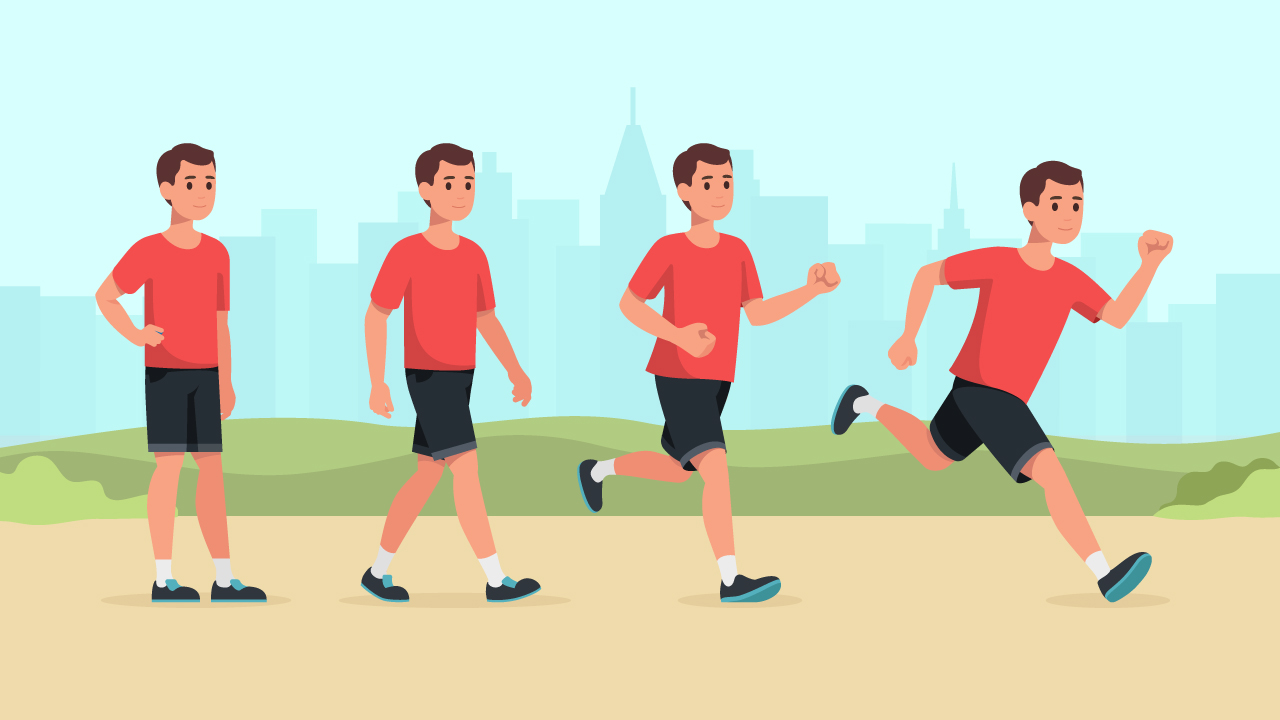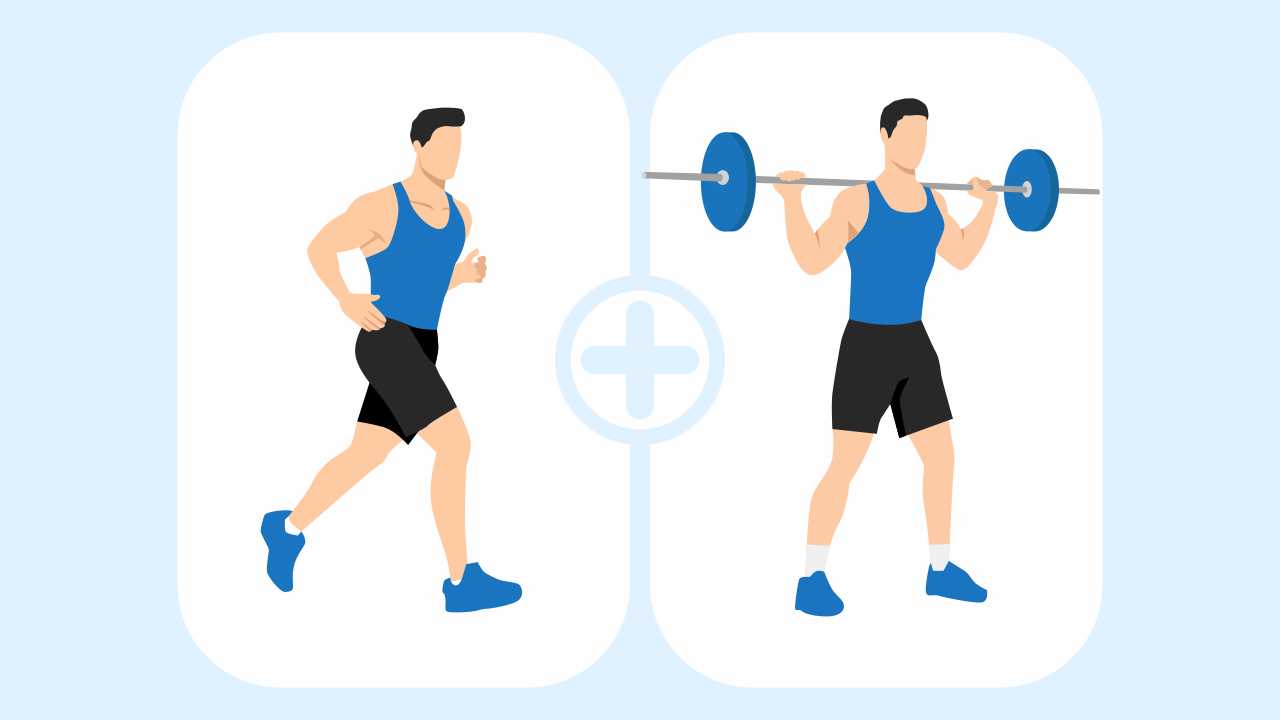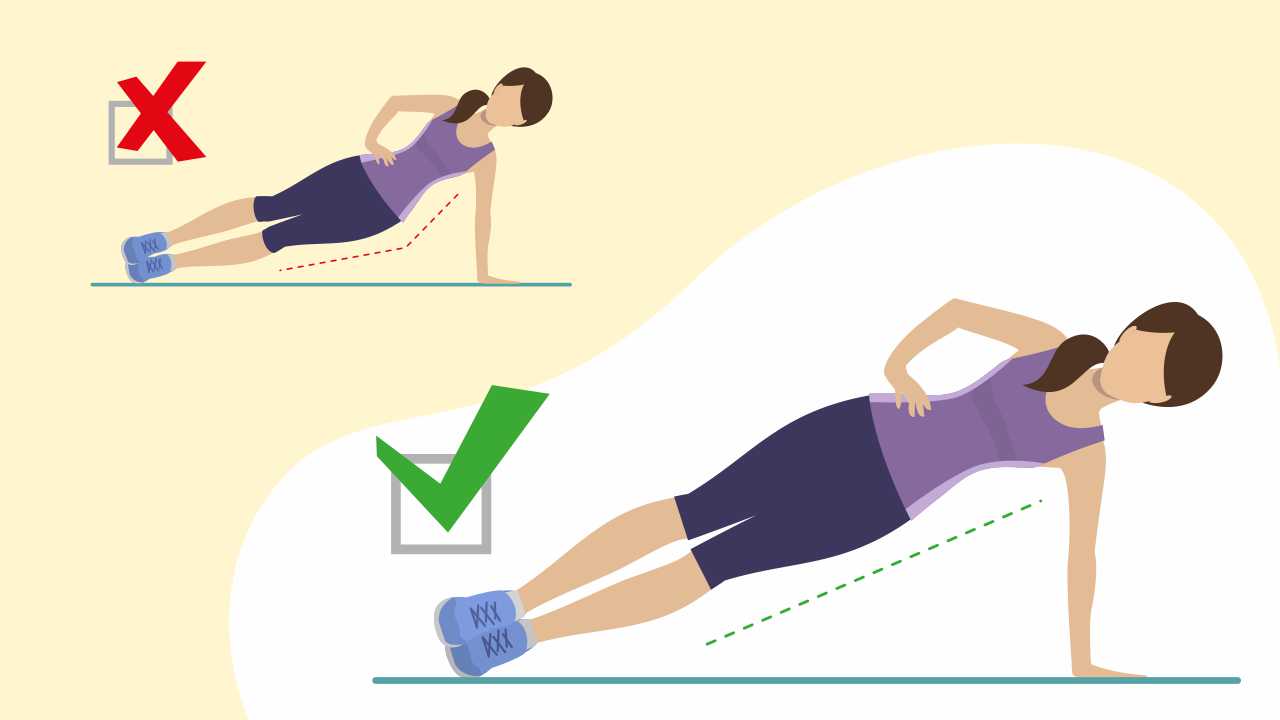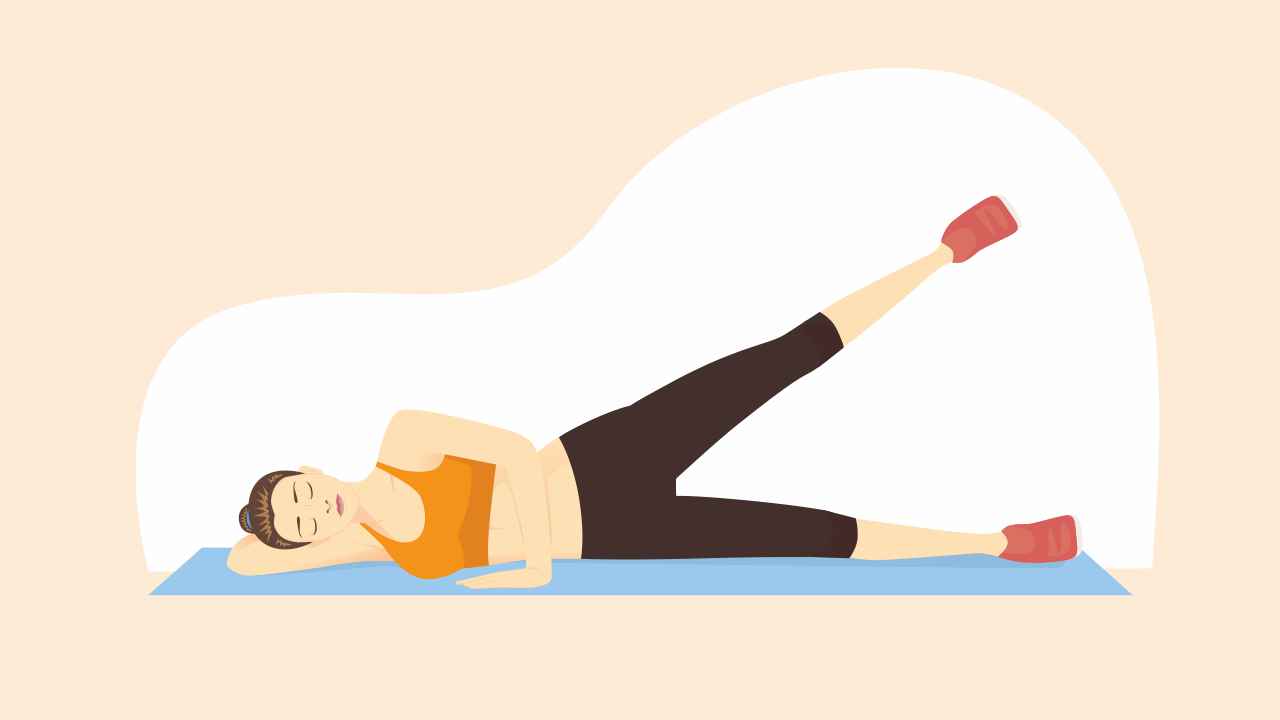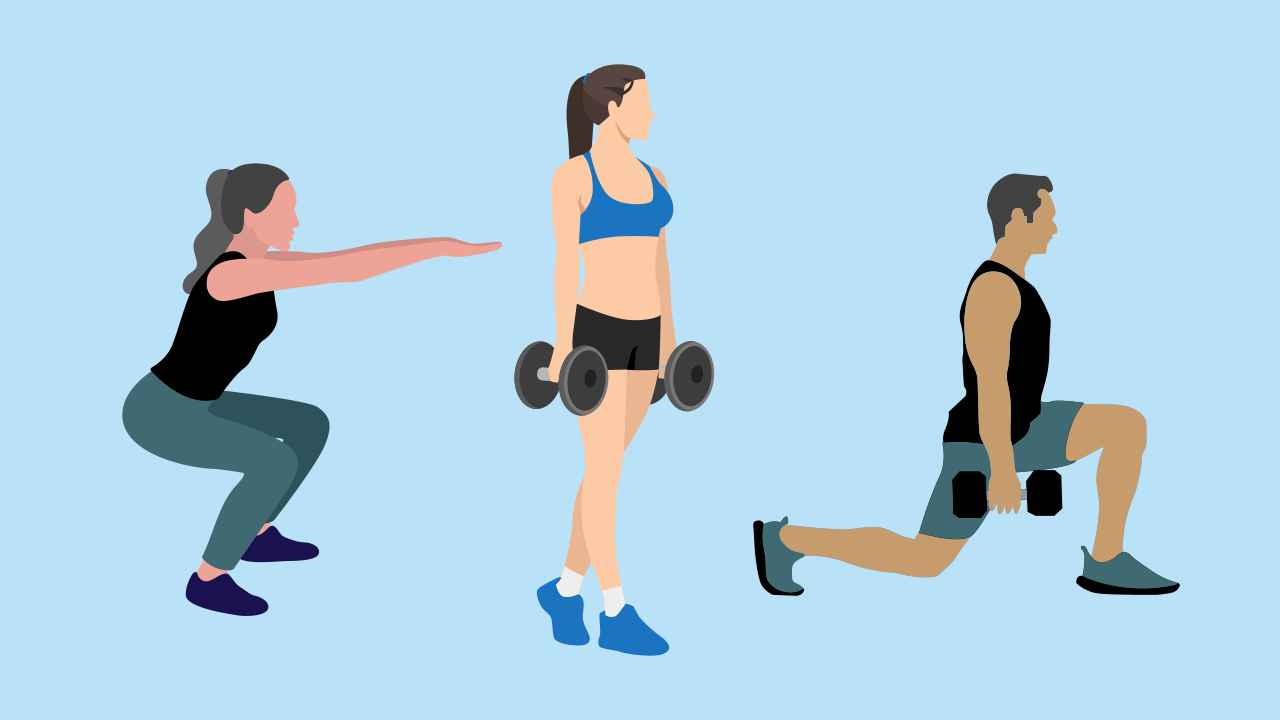
Mobility Exercises: A Beginner’s Guide

Cardiorespiratory exercise, strength training, and flexibility are the three primary components of an exercise program. The term flexibility usually conjures up images of someone lying on the ground and stretching a single muscle or muscle group. However, this is actually an outdated approach that could cause injury. Mobility exercises involve multiple muscle groups working together to control a joint as it moves through a range of motion. It is a more efficient way to approach flexibility training. When it comes to your workouts, mobility training should be the foundation of your exercise program if you want optimum results.
There are several reasons why mobility exercises should be part of your workout program.
Combination of flexibility and extensibility
In technical terms, flexibility refers to the ability of a joint to move through its range of motion. Extensibility is the ability of muscle and connective tissue to lengthen and shorten during joint motion. Mobility is a combination of flexibility and extensibility — as muscles contract, they control the movement of a limb or body segment through its range of motion.
Reciprocal inhibition
when one muscle contracts, the muscles on the opposite side of the joint have to lengthen. This is called reciprocal inhibition. Think about squeezing your upper thigh muscles to straighten your leg. As your knee straightens, the hamstring muscles on the back of your thigh have to lengthen in order to allow the leg to be completely straight. If you bend your leg, the opposite happens, the muscles on the front of the thigh have to lengthen to allow the knee to bend. This happens with all muscles at all joints. Mobility exercises use reciprocal inhibition to enhance joint motion.
Dynamic flexibility
The traditional approach to flexibility is holding a muscle in a lengthened position so that it relaxes. This is not ideal before a workout. Mobility exercises require your muscles to control your limbs as they move through their full and complete range of motion.
When one set of muscles is contracting to move a limb, the muscles on the other side of the joint have to lengthen to allow that motion to happen.
Think of mobility exercises as dynamic flexibility, the ability of muscles to control and allow joint motion
They are not only an effective way to warm up before a workout but, when done properly, can provide a great workout by themselves.
Movement patterns are excellent mobility exercises
Effective mobility exercises should use fundamental movement patterns to help lengthen muscle tissue, increase joint range of motion, and enhance nervous system activity, which can help improve flexibility as well as coordination. The fundamental movement patterns are: squatting, hip hinging, lunging, pushing, pulling, and rotating. They can help increase circulation while elevating tissue temperatures, and so could be used as a warm-up or a stand-alone workout for active recovery the day after a hard workout.
Using light weights to increase mobility
Adding light weight to multi-planar movement patterns can help you move into a deeper range of motion. Multi-planar movements using a medicine ball, or single dumbbell can help improve mobility, coordination and, most importantly, can help you feel better as you move in multiple planes of motion.
Sample exercise plan
At least two workouts a week should feature mobility training. Strength training and high-intensity interval training (HIIT) work, but they also apply a lot of stress to the body. Making time for at least two mobility workouts per week could help you reduce the risk of injury by improving mobility and motor control. They also allow your muscles to completely recover from a hard workout.
An ideal week of workouts that includes strength training, cardiorespiratory exercise, and mobility might look like this:
- Monday: Total body strength training with push-pull movements using strength training to the point of fatigue
- Tuesday: Mobility workout using bodyweight exercises to perform the fundamental movement patterns
- Wednesday: Cardio workout
- Thursday: Repeat of Monday
- Friday: Repeat of Tuesday
- Saturday: Either repeat Monday’s or Wednesday’s workout, or a combo of both
- Sunday: Enjoy the rest
Exercise is a function of movement. Movement is a function of the nervous system, which controls your muscles. Optimal mobility requires muscles to efficiently control joints as they move through their full and complete range of motion. They help increase your overall strength while developing coordination, which reduces the risk of injury.


